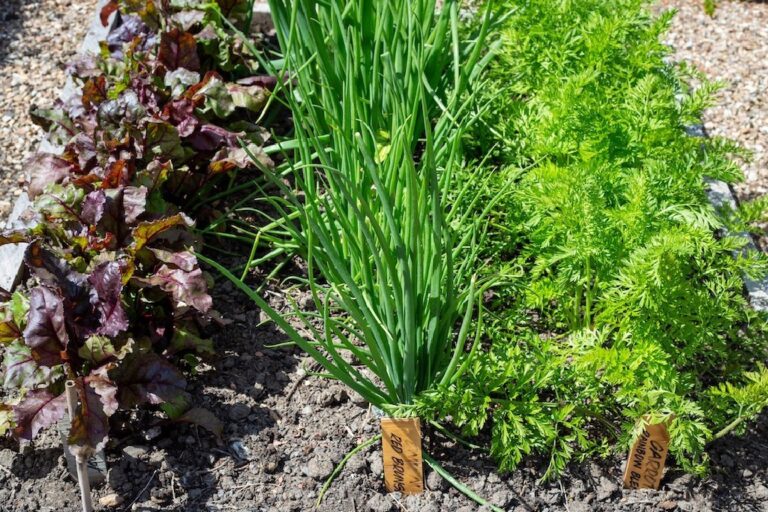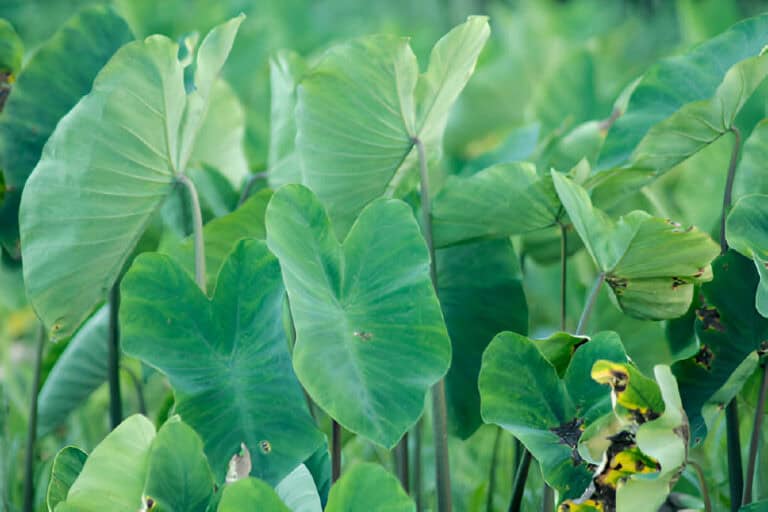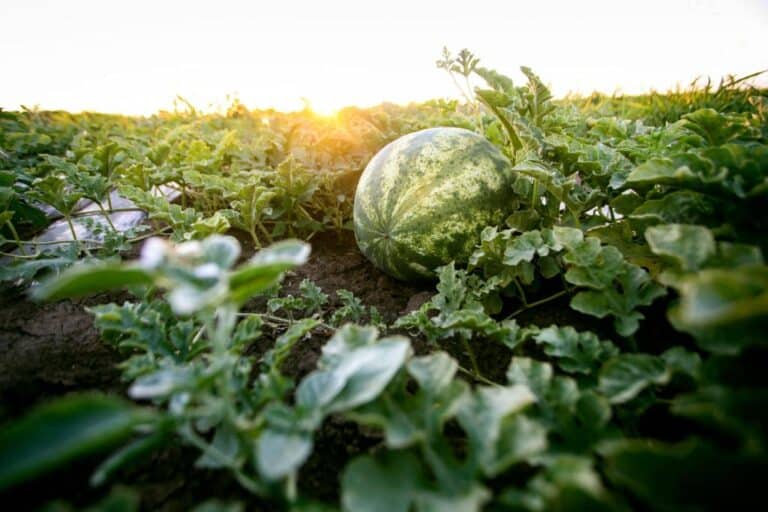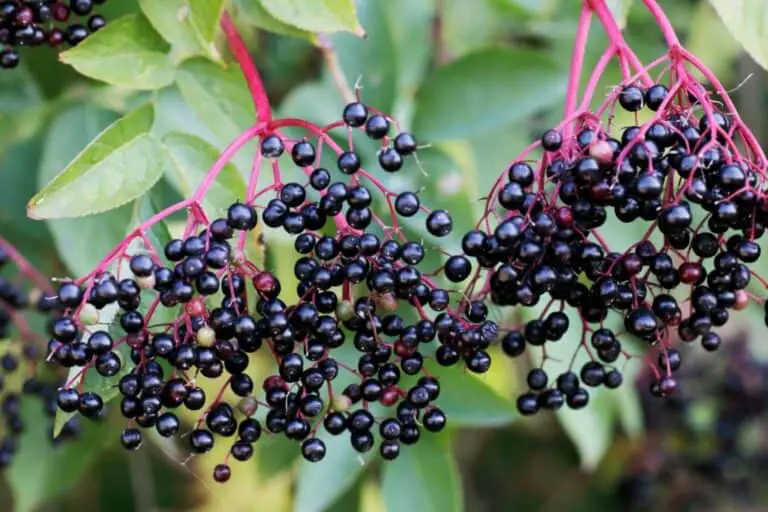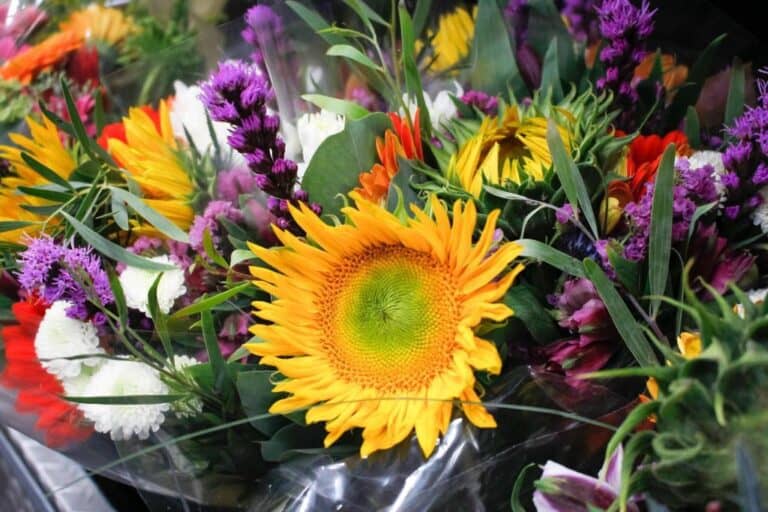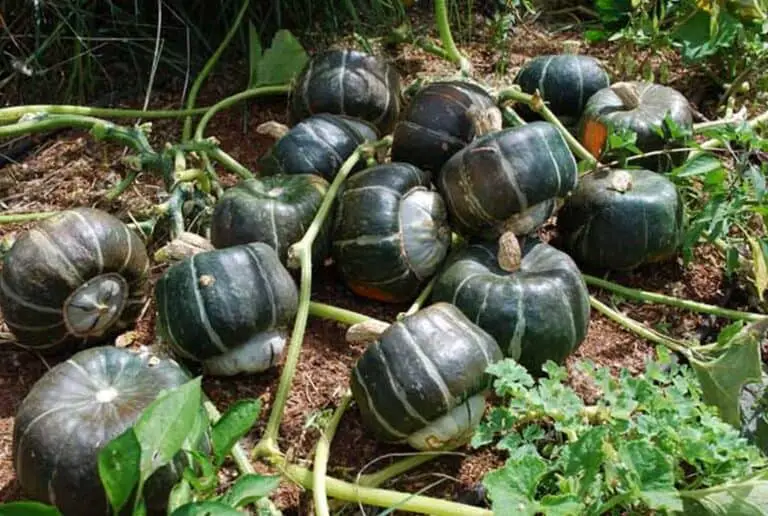How Many Red Bell Peppers Per One Plant Produce? Maximizing Yield Output
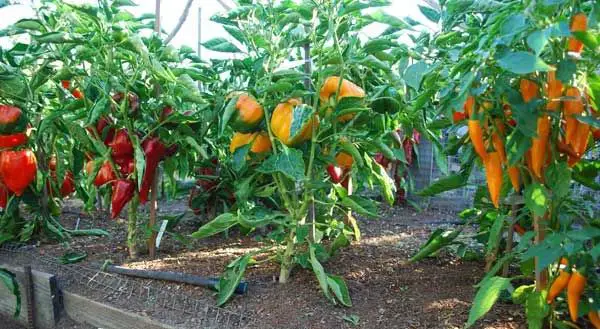
Bell peppers are a great addition to any garden. They are not only pretty plants, but they also produce lots of fruit, making it easier for gardeners to estimate how many peppers each plant can yield. How many bell peppers per plant are produced depends on the variety of bell pepper. Some bell peppers can produce up to fifty fruits, while others may only produce a few.
When planting bell peppers, it is important to remember that they need plenty of sunlight and room to grow. They should be planted in full sun and spaced at least eighteen inches apart.
Once the plants have grown a few inches, it is essential to mulch them well to keep the soil moist and help protect them from pests.
If you are looking for a bountiful harvest of bell peppers, then be sure to plant several plants following this article. With proper care, you will be enjoying fresh bell peppers from your garden all season, yielding many bell peppers per plant.
How Many Bell Peppers Per One Plant Produce?
Peppers come in many shapes and sizes, but the bell pepper is by far the largest. Generally speaking, bigger peppers tend to yield less than smaller ones.
Bell peppers are large fruits that typically measure 3×4 inches. Compared to other types of peppers that can yield 100 peppers per plant, red bell peppers yield a smaller number per plant. But if we compare, the weight yield will be similar. This is especially true when considering the plant per person ratio for garden planning.
The main factor in how many bell peppers to expect from one plant is the size of the bell pepper plant. A bell pepper plant can vary greatly in size depending on how much time the plant has had for vegetative growth before fruiting.
Expect anywhere from 2 to 30 bell peppers from a single plant.
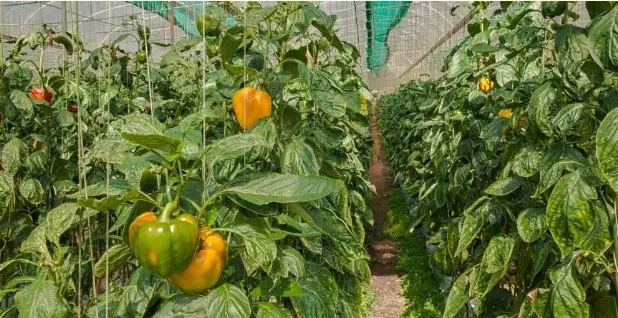
The main cause of poor bell pepper yields is a lack of growing time. A bell pepper plant started outside with only 3–4 months to grow and produce fruit will likely only reach about 1.5’x1.5′ and produce only a couple of bell peppers.
How to Grow Bigger Bell Pepper Plants for More Bell Peppers
The best way to avoid having a small bell pepper plant is to start as indoor plants from seeds. Give the plants an extra 4–12 weeks for vegetative growth. By doing this, the bell pepper plant should be able to reach a size of 2.5 x 2.5′. The plant should produce 5–10 good-sized bell peppers in a season.
After transplanting the bell pepper plants outside, watch the plant carefully for flowering. If the plant produces any flowers within 4 weeks after transplanting outside, pick the flowers off to enhance the overall number of peppers the plant can produce. This is to make sure that the plant stays in a vegetative growth state. If it starts to flower after four weeks, let it be.
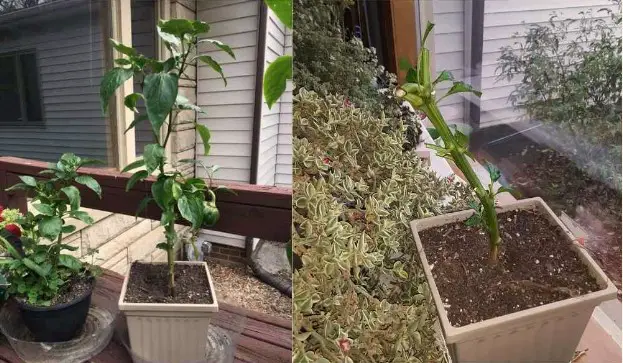
To get a plant that produces the highest number of bell peppers possible, you’ll need to overwinter the plant. There are two ways to do this: with supplemental lighting and without one. One way the bell pepper plant will continue to grow through the winter is if it goes dormant and waits until the spring to begin growing again.
You’ll want to leave the plant outside while temperatures drop if it lacks extra light or a warm area with big southern windows. Bring it in right before the first frost to help it enter a dormant stage naturally.
Before bringing it inside, heavily prune the plant to 1/2 or 1/3 of its size. The plant will enter a dormant stage and become bare and devoid of leaves like a tree in the wintertime.
Once spring comes around, break the bell pepper plant out of its dormant state by giving it more light and higher temperatures. If it survives the winter, the plant will continue where it left off. It will make more bell peppers and start bearing fruit earlier.
To get the absolute most bell peppers per plant, you should overwinter the bell pepper plant with supplemental lighting. This should produce a 6×6-foot behemoth plant after a year of growth that will produce 20 or more bell peppers in a season.
A bit of supplemental lighting should keep the plant growing minimally, and you don’t need to prune it back much. More serious indoor light can keep the bell pepper plant flowering and producing peppers all winter.
If you really wanted to push the limits on production per plant and have a pot big enough to do so, I think you could take it quite a bit further.
In greenhouses, bell pepper plants are grown in a “V” system, where they are topped once and have two main stems. The two stems are tied together with lengths of twine and regularly grow over 10 feet tall.
Here’s a super in-depth article on greenhouse bell pepper production.
How Long Do Bell Peppers Take to Grow?
Grown from a transplant, most bell peppers will have full-size green peppers ready to pick after 60 days. This allows gardeners to estimate how many peppers per plant to expect. They will reach full ripeness and their final color within 90 days. Bell pepper plants grown from seed will take 120–150 days to harvest.
Seed companies usually list days to maturity for bell peppers as transplants that have been started indoors for 8–10 weeks. Sixty days from transplant or 120 days from seed is how long the plant takes to produce full-size, immature bell peppers. Ninety, or 150 days, is how long until the bell peppers on the plant change color and reach full maturity.
Almost all bell pepper varieties start out with immature green bell peppers that grow in size until they reach around 3×4 inches. After the bell pepper reaches its full size, it will take 3–4 weeks for it to turn color and become fully ripe. Grown from a transplant, most bell peppers will have full-size green peppers ready to pick after 60 days. This allows gardeners to estimate how many peppers per plant to expect.
Bell Peppers Per Plant vs. Total Yield vs. Plant Spacing – Commercial Production
In commercial production, farmers are most concerned about the total yield of bell peppers by weight. Studies are done on almost all types of products to determine the optimum plant spacing for the best total yields.
In general, plants spaced bell peppers further apart will have more fruit per plant and bigger fruits than fields planted with higher plant densities. But the field will have a smaller yield by total weight than a field planted with higher plant densities.
Sweet peppers, including bell peppers, are the same. A study published in the African Journal of Agricultural Research Planted Nsukka yellow peppers with 8 different plant spacings. The tightest was 6×24 inches and the most spacious was 30×24 inches. It shows that the number of peppers depends on the plants per space.
The most spaced plants grew 110 peppers per plant, while the ones with the highest plant density yielded 38 peppers per plant. However, the total yield by weight was the opposite. The most spaced plants yield just over 1 kg per plot of land planted, and the highest plant density yields 3.5 kg per plot of land planted, revealing insights into plant per person planning for adequate pepper yield.
Do Bell Pepper Plants Keep Producing?
When you plant bell peppers, they will keep producing fruit even if you don’t prune them, showcasing how many peppers one plant can produce. Do bell pepper plants need to be pruned in order to produce fruit?
Many gardeners wonder if they need to do anything special to make bell peppers keep producing. The answer is that bell pepper plants do not necessarily have to be pruned in order to produce fruit. However, if you want your pepper plants to continue fruiting, it is a good idea to pinch off the growing tips of the plants. This will encourage the plants to put their energy into fruiting rather than growing taller.
Bell peppers are perennials that will keep producing. Commercially, I found no evidence of bell pepper plant production year-round. The cost of extra lighting and pests would be the biggest deterrent. They could reduce the number of peppers indoor gardeners can grow. They might be doing this in areas closer to the equator with good sunlight year-round.
Bell pepper plants will continue to produce peppers as long as you keep taking care of them, allowing gardeners to maximize how many red peppers one plant can produce. You should fertilize and water your plants regularly, and make sure to remove any dead or rotting peppers. If you follow these simple steps, you can enjoy fresh bell peppers all season and grow peppers with impressive yields!
Final Thoughts
In conclusion, bell peppers are a great vegetable to grow in your garden. They produce many peppers. The peppers are versatile and can be used in many dishes. This highlights the advantage of growing peppers as a crop for food. If you are looking for a high-yield vegetable to plant in your garden, then bell peppers are a great option.
It is evident that bell peppers are a productive plant and that a single plant can produce up to thirty bell peppers. With this data, gardeners can plan and make sure they have enough bell peppers. They should consider the number of peppers per plant.
By following the proper care instructions, we can increase the yield of bell pepper production. Bell pepper plants can be productive for an extended period of time.
More About How Many Bell Peppers Per One Plant Produce? (Average Yield)
https://www.homestead-acres.com/growing-bell-peppers/
https://www.almanac.com/plant/bell-peppers
When is the best time to harvest red bell peppers?
Red bell peppers should be harvested when they reach their mature color, typically bright red. This is usually around 70–90 days after planting.
How do you encourage more fruit production in red bell pepper plants?
To encourage more fruit production, ensure plants are well-watered and fertilized regularly. Pruning can also help by removing competing branches and focusing the plant’s energy on fruit production.
Can you grow red bell peppers in containers?
Yes, red bell peppers can be grown in containers as long as the container is large enough (at least 5 gallons) and has good drainage.
Are there any common pests or diseases that affect red bell pepper plants?
Red bell pepper plants can be susceptible to aphids, spider mites, and various fungal diseases. Proper spacing, good air circulation, and regular inspection can help prevent and manage these issues.

